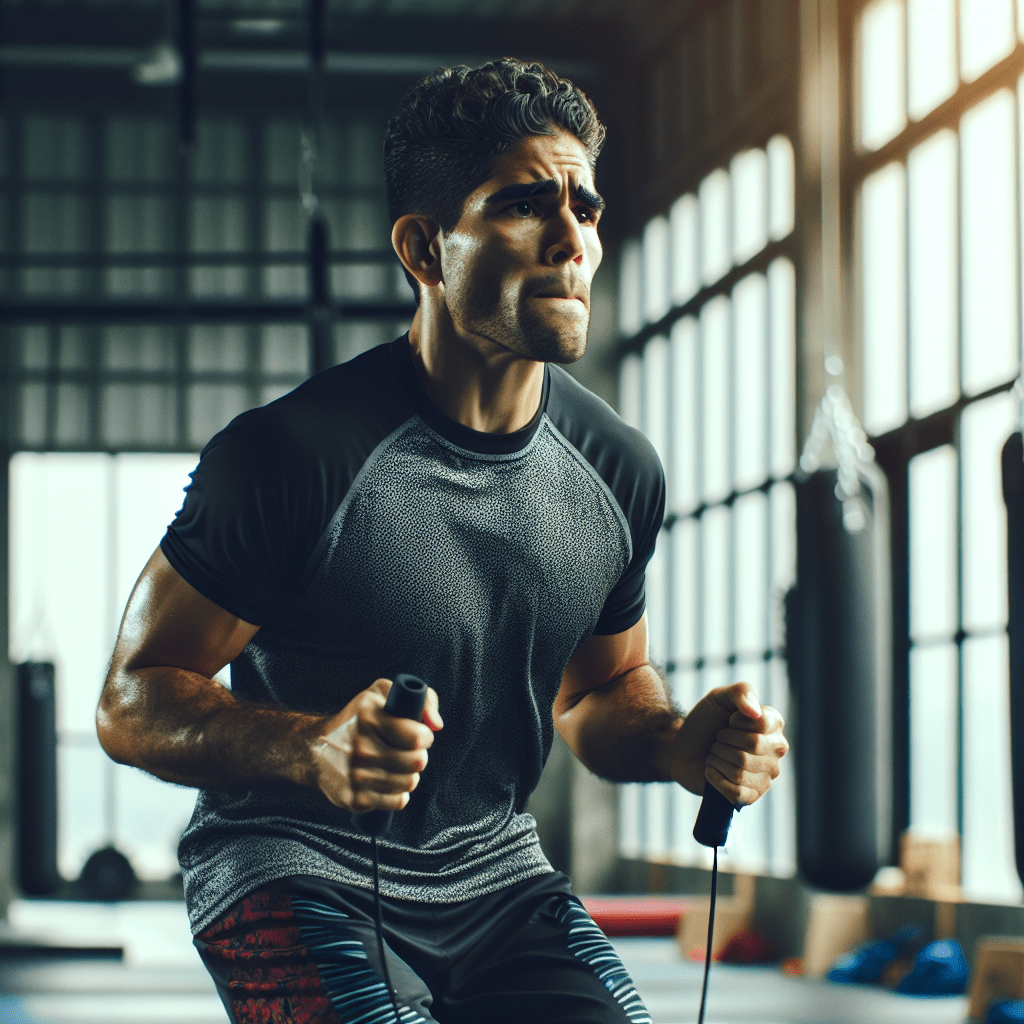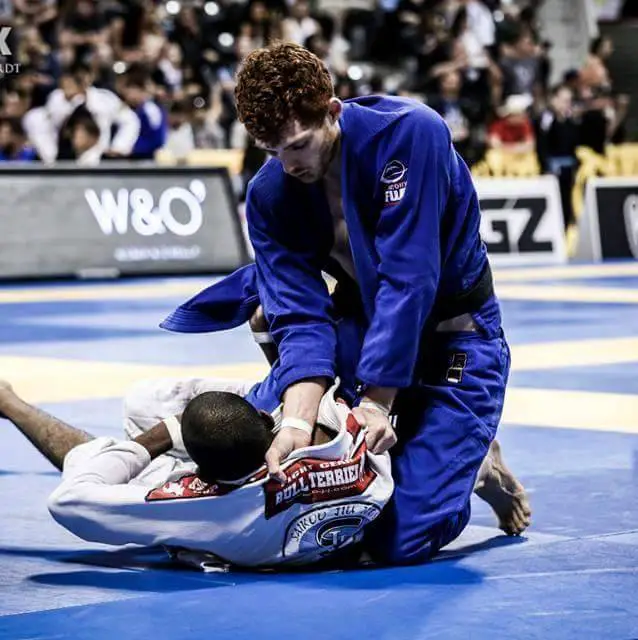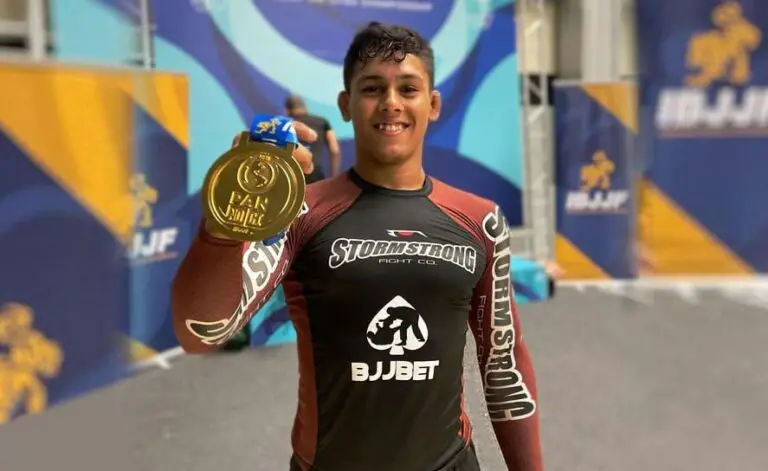Water Loading and Weight Cutting for BJJ
Disclaimer: The information provided in this article is for educational purposes only and should not be construed as medical advice. Always consult with a qualified healthcare professional or sports nutritionist before implementing any weight management strategies, especially those involving dehydration and fluid manipulation
Competing in BJJ requires athletes to not only hone their skills on the mat but also carefully manage their weight to meet specific competition requirements. Among the various methods employed by BJJ practitioners to achieve their desired weight class, water loading and cutting have emerged as popular strategies. However, it’s essential to approach these techniques with caution and understanding, prioritizing both performance optimization and health. Before delving into the intricacies of water manipulation, it’s imperative to recognize that the following information is provided for educational purposes only. Always consult with a qualified healthcare professional or sports nutritionist before implementing any weight management strategies, especially those involving dehydration and fluid manipulation.
Understanding Water Loading and Cutting in BJJ: Brazilian Jiu Jitsu competitions typically involve athletes competing within specific weight classes, necessitating precise weight management strategies. Water loading and cutting offer a systematic approach to manipulate body weight temporarily, allowing athletes to meet the requirements of their chosen weight category. These techniques involve controlled dehydration through the manipulation of water intake, sodium levels, and carbohydrate consumption in the days leading up to the competition. While effective when executed correctly, water loading and cutting require careful planning and consideration of individual factors to minimize adverse effects on performance and health.
Methods of Water Cutting:
- Water Loading and Fluid Retention: Athletes initiate the process by gradually increasing water intake in the days preceding the competition. This influx of fluid induces a state of hypervolemia, prompting the body to adjust its excretion levels and facilitate water loss through increased urination.
- Sodium Manipulation: Sodium plays a crucial role in regulating fluid balance within the body. Athletes may manipulate sodium intake to influence water retention, strategically adjusting their dietary sodium intake to enhance fluid excretion and promote weight loss.
- Carbohydrate Manipulation: Carbohydrates stored as glycogen in muscles retain water, contributing to overall body weight. By depleting glycogen stores through carbohydrate restriction, athletes can facilitate water loss, albeit with potential implications for performance and energy levels.
- Additional Measures: Supplementary methods such as sauna sessions, diuretic use (under medical supervision), and spitting may be employed to further enhance water loss in the final days leading up to the competition. However, caution is advised, as these methods can increase the risk of dehydration and electrolyte imbalances.
Factors Influencing Water Cutting Efficacy in BJJ:
- Body Composition and Weight Class Requirements: Individual factors such as body composition and the desired weight class influence the feasibility and effectiveness of water cutting techniques.
- Performance Considerations: Athletes must balance the potential benefits of weight manipulation with its impact on performance, ensuring that dehydration and fluid loss do not compromise their abilities on the mat.
- Risk Assessment and Safety: Prioritizing athlete safety is paramount, necessitating a thorough understanding of the risks associated with water cutting and vigilant monitoring of hydration levels throughout the process.
Rehydration Strategies for BJJ Competitions: Proper rehydration following the weigh-in is crucial to replenish lost fluids and optimize performance during BJJ competitions. Athletes should focus on restoring hydration levels and replenishing electrolytes through a combination of fluid intake, electrolyte solutions, and carbohydrate-rich foods. Intravenous (IV) therapy may be considered for rapid rehydration, although it should be administered under medical supervision and in compliance with sports federation regulations.
Conclusion: Water loading and cutting techniques offer BJJ athletes a strategic approach to meet weight requirements and compete within their desired weight classes. However, these methods require careful planning, monitoring, and consideration of individual factors to ensure both performance optimization and athlete safety. By understanding the principles and nuances of water manipulation, BJJ practitioners can navigate the complexities of weight management effectively, enhancing their competitive edge while safeguarding their well-being. Always prioritize safety and consult with qualified professionals when considering weight management strategies in BJJ competitions.
- Craig Jones Invitational – A Complete Guide - August 12, 2024
- Buggy Choke: The Complete Guide - March 6, 2024
- Jiu Jitsu World League: Your Complete Guide - March 5, 2024







